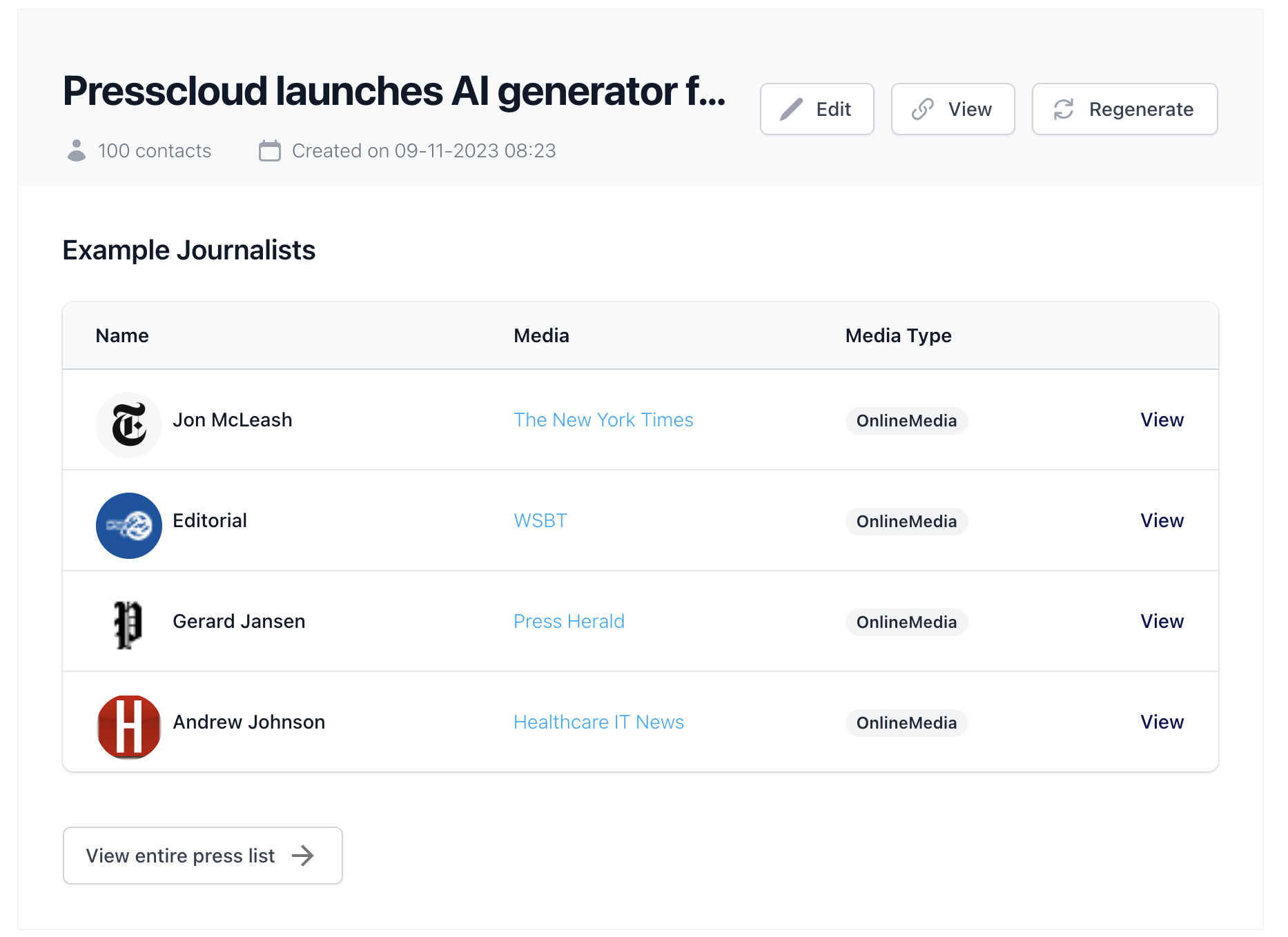Not every news item is automatically worthy of a press release. Yet, you often see companies sending out press releases for almost everything, hoping it will be picked up by the media. The result? Journalists are inundated with irrelevant content, and your efforts end up in the digital trash bin. So, how do you determine if something is worthy of a press release? That's precisely what we're delving into in this blog. Spoiler: not everything new is news. Another spoiler (the image might have given it away): not everything that worked well in the past still works today.
What makes news worthy?A press release is one of the most powerful tools in your PR arsenal, but only if used correctly. It is a way to present your news concisely and comprehensively to journalists. But here's the crux: the news must be newsworthy.
Newsworthiness revolves around relevance, timeliness, and impact. Journalists look for stories that interest their readers. So, before you start writing that press release, it's wise to ask yourself a few critical questions. One of the most important is: "Does this news have a direct impact on the audience outside my company?" If the answer is no, you might want to hit the pause button.
Let's look at some situations where it's better not to send a press release.
1. The news is not urgentA press release is not just about the news itself but also about timing. It's about urgency. Journalists want to know why your message is important now. Can it be told in a week without losing impact? Then it's probably not worthy of a press release.
A good example: if your company has optimized an internal process that has no direct impact on your customers, it's often not a reason to send a press release. A post on your own blog or social media might be more appropriate.
2. It's internal newsNot everything that happens within your company is automatically interesting to the outside world. Of course, there are times when internal news does have news value, such as a major acquisition or a new CEO. But smaller announcements, like an internal reorganization, are often only interesting for your own employees. These messages are better suited for internal communication, such as a newsletter or an update on your intranet.
3. You have no further PR strategyWriting a press release is just step one. If you don't intend to actively do something with it, like pitching it to relevant journalists or sharing it through your channels, you might question whether it's worth starting at all. Placing a press release only on your website rarely garners attention, unless you're a giant like Apple or Google. A strategy where you distribute the press release through the right channels is essential for success.
4. It's too promotionalJournalists do not want ads disguised as news. If your press release feels like a sales pitch, you can expect it to be ignored immediately. Publications often have a strict separation between editorial content and paid promotions. Do you still want to promote something? Then you might consider investing in an advertorial or sponsored content, where you have more control over the content and tone.
Finally: check the newsworthinessIf you are unsure about the newsworthiness of your message, use a handy checklist. At Presscloud, we have developed an "Is this news?" checklist to help you determine if your news is suitable for a press release. This checklist asks the right questions, such as: Is it relevant to a broad audience? Is the news timely and urgent? This way, you avoid wasting time and effort on press releases that do not have the desired effect.
Writing a press release is an art in itself. By being critical of what you release, you increase the chance that your news will actually be picked up. With a keen eye for newsworthiness and a clear PR strategy, you can handle your press releases much more effectively - and that's precisely where Presscloud can help you.




